READY TO GET STARTED?
REQUEST A FREE ESTIMATE
Fill out the form below or call (888) 466-7849 for a free, no-obligation estimate.
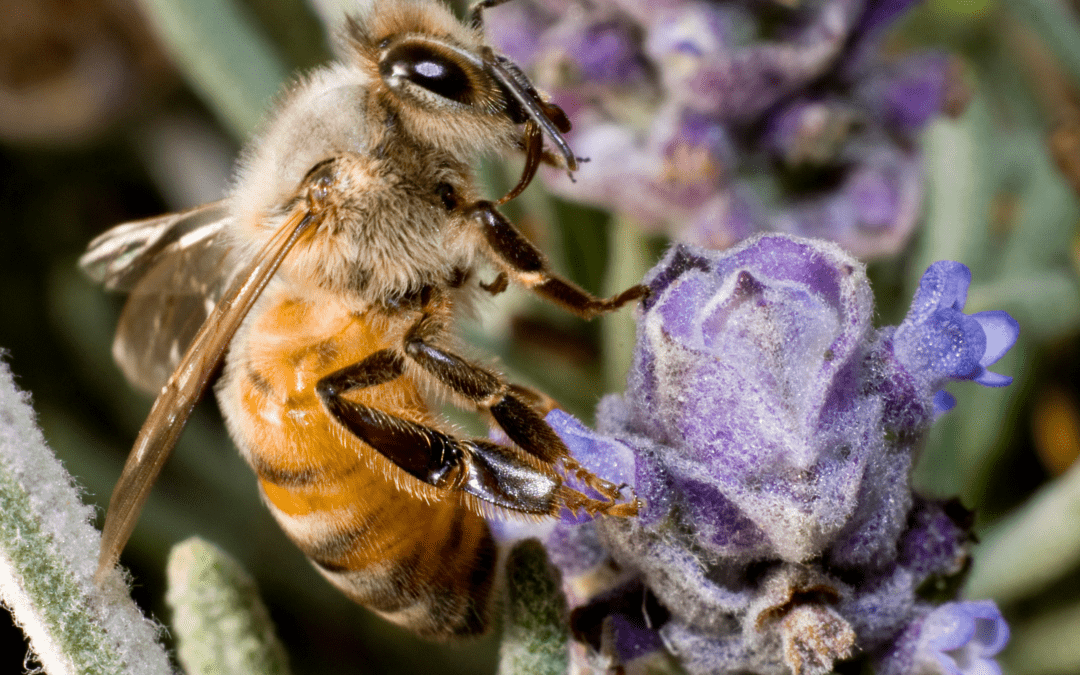
When you’re planning and planting your garden this year, every homeowner should consider adding some plants that attract honeybees to your yard. Allowing honeybees to enter your yard can help assist them with the very important job they have – pollinating. Honeybees alone can pollinate up to 80 percent of all flowering plants, including fruits and vegetables. It’s vital to give them the space they need to complete this task.
Honeybees have incredible ultraviolet vision. They are unable to see the color red but can see colors that are on the ultraviolet spectrum. They can also use odor cues to locate flowers nearby. Many flowers attract bees, including bee balm, echinacea, snapdragon, hostas, and evening primrose. Continue reading to discover which flowers you should plant in your garden next.
These are just a few of the flowers that attract honeybees to your garden to help elevate pollinating. Making sure honeybees have a place to work is important for all humans and the environment. Even planting just one of these plants in your yard is enough to assist the bees.
If you notice a bee colony is nearby and needs to be moved to a safer location, then reach out to your local pest control company that can provide a safe bee relocation.
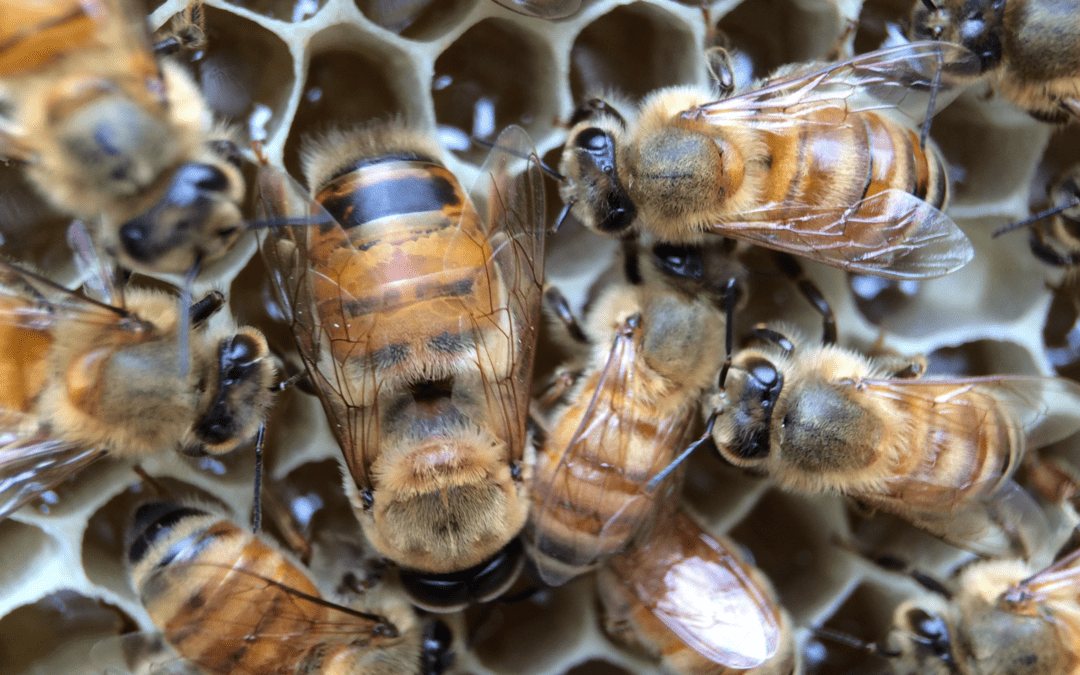
At Northwest, we know how important all bees are and we understand just how fragile their ecosystem truly is. Our Honeybee Relocation Program is designed to protect these important pollinators, while also protecting you and your family.
If you see an increase in bee activity near your home, contacting a local relocation service is the first step in protection. What happens during these relocations, though? Many important steps occur during the honeybee relocation process to ensure the safety of all bees. Keep reading to discover how this process works.
Inspecting & Locating
The very first step after contacting a bee relocation service is the inspection of the hive location. Our honeybee experts complete a home inspection to help identify the type of bee and determine how the hive is holding up. This inspection helps the team determine the best plan of action for the safest removal possible.
Honeybee Removal
After determining where the hive is located, the removal process begins. The team carefully removes the honeybees from their hive. After the bees have been removed, the team will then remove the hive. Depending on where the hive is located, our team decides which method is needed in the hive removal process.
Honeybee Relocation
The relocation process is the next step, and some say it’s the most important step in the whole process. Honeybees benefit from being relocated in many ways, including preventing further infestations, and it helps preserve plant reproduction. The bees that we help are relocated to a local beekeeper’s farm to continue pollination and honey production. Relocation is a way for their local honey to be enjoyed by the community, helping aid humans against seasonal allergies.
If you believe you have a honeybee hive on your property and it’s closer than you would like it to be, then reach out to your local bee relocation company and they will be able to assist you in the relocation of these beneficial insects.
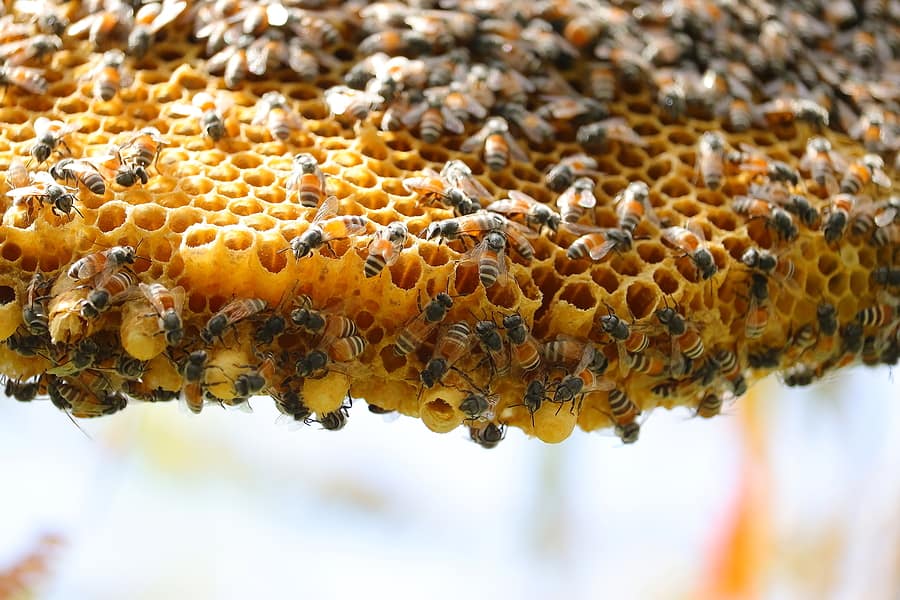
Honeybees are extremely beneficial to our entire environment for their role in pollination. These bees help with the growth and reproduction of plants and each bee can pollinate more than 100 crops! It’s important to understand why these insects are important and how we can best protect them moving forward.
There are three types of honeybees: adult workers, drones, and the queen. The adult worker bees, who are all female, are all infertile. Their main role in the colony is to collect pollen and nectar. The worker bees do have barbed stingers and, while they aren’t typically aggressive, they will sting if they feel threatened. Drones are male bees and do not have stingers, nor do they collect nectar. Their primary role is to mate with the queen bee. Queen bees are slightly larger than worker bees. The queen bee plays a vital role in the bee colony, as she is the only bee who can produce more honeybees.
Honeybees are active pollinators and will produce honey. Since these insects are the only social insects, their colonies can survive for many years, with an individual colony containing anywhere between 20,000 to 80,000 bees. If the colony’s size gets too large for the available hive space or the queen begins to fail, the bees will start swarming. While these bees aren’t aggressive, they will attack when they feel like their colony is being threatened.
The production of honey by honeybees is extremely important to the environment. Since honey does not have an expiration date, it can be used and reused several times. Honey also has medical benefits, from healing burns to fighting some allergies. Honeybees, as we know, help pollinate crops, which in turn helps us produce and reproduce the plants and food we use to survive.
While bees have positive effects on our environment, some people can be a little wary of them on their property. Protecting these insects is crucial, and it’s recommended that the first and only treatment for these bees is removing and relocating them and their hives by local beekeepers. If you notice you have a honeybee colony on your property, reach out to a pest control company that can provide safe relocation for these insects.
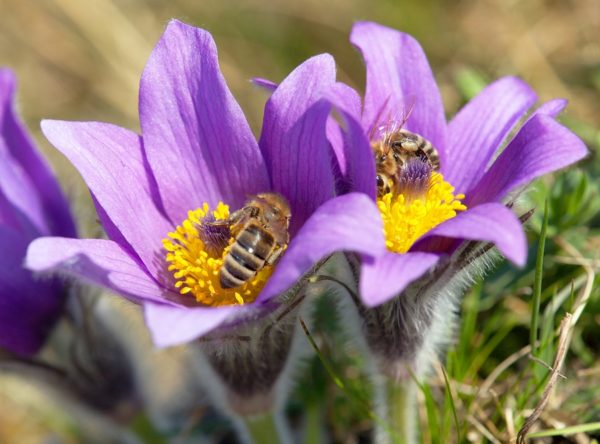
Pollination is when pollen grains are transferred from one flower to another. Pollination allows plants to produce seeds which is how they reproduce. Pollinators are animals and insects that are responsible for helping with the pollination of over 80% of the world’s flowering plants. Animal pollinators are vital in the reproduction of flowering plants and the production of most fruits and vegetables. They accomplish this by getting their food from flowers (think nectar and pollen) and collecting pollen on their bodies in the process. They then move on to another plant and leave the hitchhiking pollen behind, providing the new plants with the pollen they need to reproduce.
Some of the most common animal pollinators that come to mind are bees and butterflies. But did you know there are several other animals you might not have known who are expert pollinators? Here are a few animal pollinators along with the types of plants they pollinate:
Ants love nectar. Because they don’t fly they have to crawl into flowers to get to this nectar. Once inside the flower, pollen sticks to their bodies, allowing them to transfer it to other flowers when they move on. Tropical plants have nectar outside their flowers to attract ants to them. They then use these ants as “protectors” from other insects.
Ants pollinate flowers that:
Bats are known as one of the “night shift” pollinators. They are most common in tropical and desert climates. They are prevalent in the southwest US, Africa, Southeast Asia, and the Pacific Islands as pollinators. In fact, mangoes, bananas, and guavas depend on bats for pollination. In the US and Central America, the agave plant (which is used to make tequila) and the Saguaro cactus are also dependent on bats for pollination.
Bats pollinate flowers that:
Bees are known as the “champion” pollinators and are also the most common. There are over 4000 species of bees in the United States alone. Bees purposefully visit flowers to collect pollen and nectar which they use to feed themselves and their young. Many flowers that bees pollinate have an area of low UV reflection near their centers. Humans can’t see UV reflection so we don’t notice them. Bees, however, use them as a target to guide them to the center of the flower.
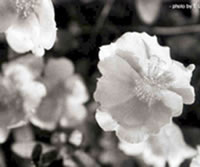
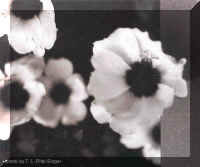
Human Perspective Bee Perspective
Photos courtesy of Apalachicola National Forest.
Bees pollinate flowers that:
Beetles were among the first insects to visit flowers. They are important pollinators for ancient species like magnolias. They are known as “mess and soil” pollinators because they eat through flower petals to get to the nectar and then defecate inside the flowers. Fossil records show that beetles were abundant as far back as 200 million years ago.
Beetles pollinate flowers that:
Birds are important pollinators of wildflowers. Hummingbirds are the most important bird pollinators in the United States. In the eastern United States there is only one species that acts as a pollinator and that is the ruby throated hummingbird. Hummingbirds have good eyesight and are extremely attracted to red flowers. They use their long bills to collect nectar and the pollen then dusts their heads and faces.
Hummingbirds pollinate flowers that:
Butterflies are very active during the day. Their body structure doesn’t allow them to pick up as much pollen as bees and other insects but they can see red where bees can’t. Butterflies produce scents that attract other butterflies of the opposite sex. This scent they produce smells like the flowers that they are attracted to.
Butterflies pollinate flowers that:
Two winged pollinators include flies, gnats, and mosquitoes. These insects aren’t as fuzzy as bees so they don’t pick up as much pollen. They are still, however, important pollinators, especially for some species of orchids.
Two-winged insects pollinate flowers that:
Moths are the other member of the pollination “night shift” along with bats. Some moths are also active as pollinators during the day. The yucca plant is one important plant that is dependent on moths for survival.
Moths pollinate flowers that:
Wasps look like bees but have much less hair. This makes them less efficient as pollinators because pollen is less likely to stick to their bodies. Wasps need pollen and nectar for energy. Fig wasps are responsible for pollinating almost 1000 species of figs.
Wasps pollinate flowers that:
There are several other uncommon pollinators. Lizards, geckos, and skinks can be pollinators. They climb inside flowers to drink the nectar and the pollen then sticks to their scales. Lemurs and possums can also pollinate. They use their snouts and tongues to get nectar from plants and then have their faces and snouts dusted with pollen.
We consider most of the animals and insects that are pollinators as nuisances and pests. As much as we don’t want them in our homes, they do play a very critical role in the survival of plants and food. It is important that while we should take steps to prevent them from invading our homes, we should be very careful with how we handle them should they make themselves at home in our area. If you suspect you have a problem with any of these pollinators, contact a professional pest control company who can give you a thorough evaluation and provide you with a treatment plan that both benefits you and protects these important species.